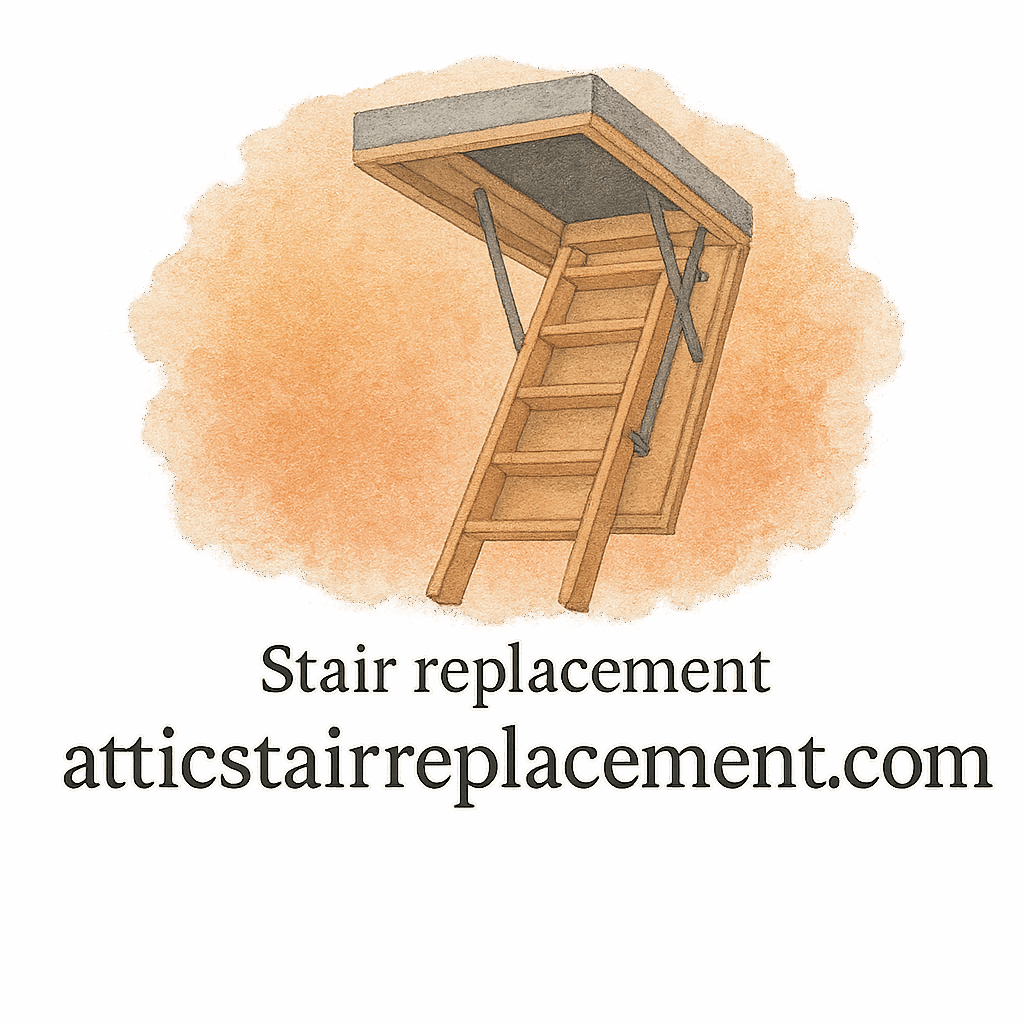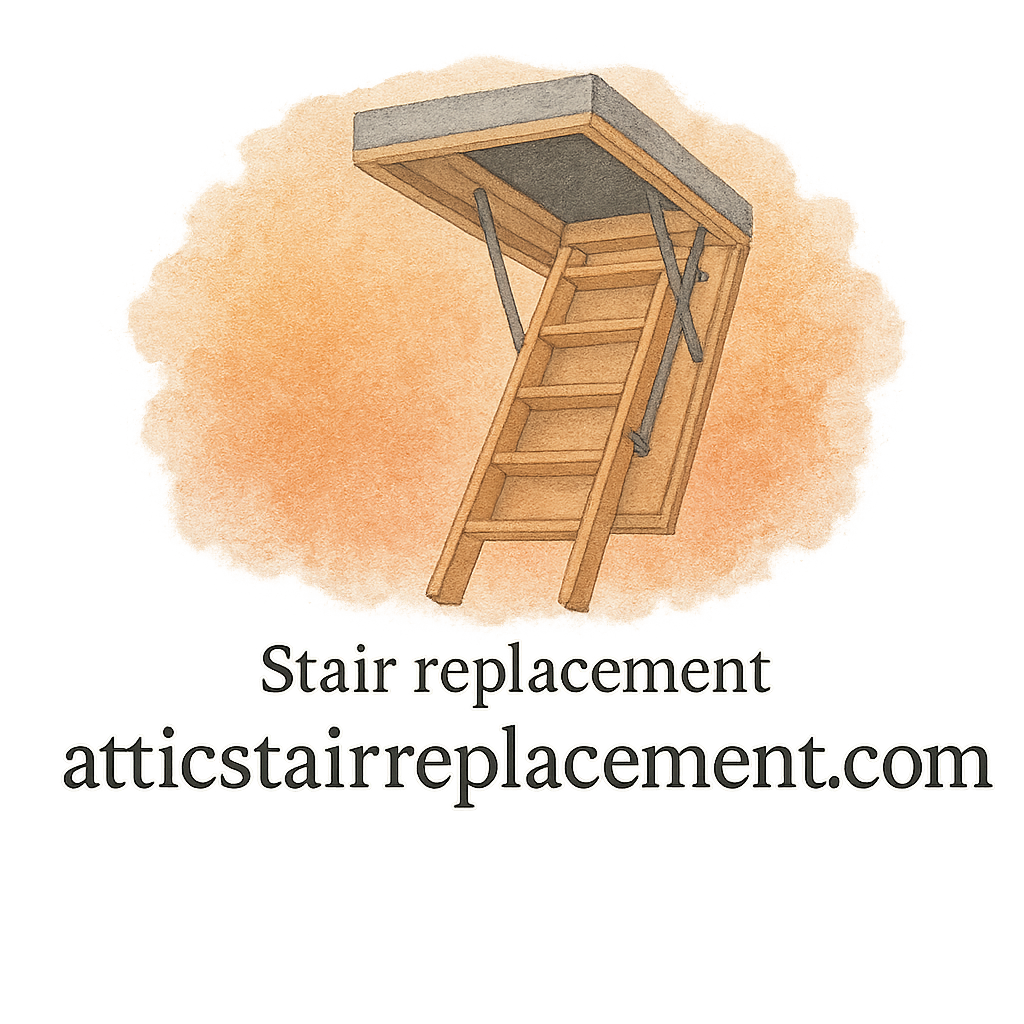Replacing attic stairs may seem like a straightforward home improvement project. Buy a ladder, remove the old one, install the new — sounds easy, right? But hang on a sec… because hidden costs are lurking around every corner. If you’re not careful, your “simple” attic stair replacement can eat up your budget faster than you can say “Where’d that extra $500 go?”
Let’s dive deep into the often-overlooked expenses so you can stay prepared, stay informed, and most importantly — stay within budget.
Introduction: The Price You Didn’t See Coming
Attic stair replacements often appear affordable at first glance. But beyond the price tag of the unit itself, homeowners are often blindsided by a swarm of additional costs — things like structural work, permits, or disposal fees that weren’t in the original estimate.
Whether you’re going the DIY route or hiring a professional, these costs can creep up fast. And they add up. Big time.
Let’s explore 8 of the most common (and sneakiest) hidden expenses so you don’t get caught off guard.
1. Structural Modifications You Didn’t Budget For
Why You May Need To Cut Into Your Ceiling Joists
Your attic opening might not be wide enough to fit the new stairs. That means structural changes — like cutting through joists or rerouting electrical wiring. These aren’t just technical chores; they can add hundreds of dollars in labor and time.
Reinforcements That Add Extra Labor Hours
After cutting joists, you’ll often need to reinforce surrounding structures for safety. This adds hours of labor and sometimes requires extra hardware. It’s one of those “invisible” upgrades no one warns you about, but trust us — it’s crucial.
➡️ Explore more about maintenance and repair challenges to keep your attic safe and secure.
2. Permit Fees and Inspection Requirements
Local Building Codes Can Get Complicated
Depending on where you live, installing attic stairs may require a building permit. And permits? They’re not always cheap. Prices vary by region, but $100–$300 isn’t uncommon.
Why You Might Need an Unexpected Inspection
Even if you do a proper DIY install, city inspectors may still need to sign off — especially if you made structural modifications. Failure to meet code can lead to fines, or worse, forced removal.
🧠 Need help navigating permits? Get expert advice before starting your attic project.
3. Hiring a Contractor vs. DIY
Labor Costs Can Skyrocket If You Skip DIY
Professional labor isn’t cheap. You’re often paying $75–$125 per hour depending on your area. That $300 attic stair install can easily turn into $800+ with just a few complications.
Missteps That Cost You More In The Long Run
A bad DIY job may mean calling in a contractor to fix your mistakes. That’s double the cost — and double the headache. Avoiding this is why many homeowners choose to work with vetted professionals in the first place.
🔨 Check our DIY guides or browse our contractor tips to avoid these traps.

4. Material Quality and Upgrades
Cheap Materials = Costly Repairs
That discount ladder may look like a steal, but low-quality materials wear out fast. Rust, poor hinges, weak springs — they’ll all come knocking sooner than later.
Premium Options and Custom Features
Looking for heavy-duty models? Maybe fire-rated ladders or insulated hatches? Those cost extra, but they’re worth it. In fact, choosing durable materials upfront often saves money long-term.
✨ Explore our product reviews to compare the best options for your attic space.
5. Disposal and Demolition Costs
Removing Your Old Stairs Isn’t Always Free
Did you assume your installer would remove the old ladder for free? Think again. Many contractors charge separately for demolition. And if it’s bulky or damaged, disposal might require special handling.
Waste Disposal and Hidden Dumping Fees
Disposing of construction waste sometimes comes with local landfill fees. It’s often a small charge — $20 to $75 — but if you’re doing multiple home upgrades, it adds up.
📦 Our home improvement section has tips for managing leftover materials and reducing waste costs.
6. Finishing Touches You Didn’t Consider
Trim, Paint, and Re-Sealing the Attic Opening
Your new stairs might fit, but what about aesthetics? Trim carpentry, touch-up paint, and sealing gaps are usually not included in a basic install. Skipping them can leave your ceiling looking like a construction zone.
Flooring Fixes That Sneak Into Your Budget
Sometimes, the surrounding floor has to be modified — especially if the old stairs were a different size. Minor flooring repairs, or even replacing a damaged panel, can cost you more than you planned.
🔍 Don’t overlook remodel details — they’re part of the total project price.
7. Maintenance and Long-Term Repairs
Skipping Maintenance Means Higher Future Costs
Not maintaining your stairs leads to wear and tear. Lubricating hinges, tightening bolts, and checking for wood rot — these little tasks can save you from a total replacement down the road.
Investing in Durable Solutions Pays Off
It’s smart to install heavy-duty models if you plan to use your attic frequently. Sure, it’s pricier upfront, but you’ll save on repair costs for years.
🧰 Learn more about attic stair care and maintenance to extend lifespan and avoid rework.
8. Post-Installation Energy Efficiency Fixes
Insulation and Draft Prevention Expenses
Many attic stairs lack proper insulation. This creates drafts, spikes your energy bills, and can reduce indoor comfort. Adding insulation kits or weather stripping post-install adds another $50–$200.
Ventilation Adjustments You Might Overlook
Altering attic access can affect ventilation. You may need to install vents or modify airflow paths — especially in older homes. These “invisible” changes can hit your budget unexpectedly.
🌬️ Don’t let energy leaks drain your wallet. Explore preventive solutions before your next install.
How to Avoid These Hidden Costs
Plan Like a Pro with DIY Resources
A successful attic stair replacement starts with education. Use online guides, watch tutorials, and read up on DIY installation techniques before you buy anything.
Ask the Right Questions Before Hiring a Contractor
Ask for a complete cost breakdown, including disposal, painting, and potential add-ons. Use our checklist from the expert section to know what to expect before signing that contract.
Conclusion: Be Budget-Smart Before You Start
Replacing attic stairs is a valuable upgrade — one that improves access, safety, and home storage potential. But if you’re not paying attention, hidden costs can hit you hard and fast.
By planning ahead, asking smart questions, and using trusted resources, you’ll be better prepared for what lies ahead — no nasty surprises, no budget busters, and no regrets.
Remember: a little foresight now saves a lot of frustration later.
FAQs
1. What’s the average total cost of attic stair replacement including hidden fees?
Expect to spend between $500 to $1,200, depending on materials, labor, and modifications.
2. Can I replace attic stairs myself?
Absolutely — but only if you’re handy with tools. Our DIY installation guide is a great place to start.
3. Do I really need a permit for attic stairs?
In many areas, yes — especially if structural changes are required. Check your local codes.
4. What kind of maintenance do attic stairs require?
Lubricate the hinges, check screws, inspect for wood damage, and keep them clean.
5. What’s the best material for attic ladders?
Go for durable materials like aluminum or reinforced wood for longevity.
6. How can I improve attic stair insulation?
Use an insulation kit or add foam/weather stripping around the hatch. Learn more in our maintenance section.
7. Are there any energy rebates for attic improvements?
Some regions offer rebates for improving energy efficiency. Check local programs or energy companies for eligibility.


